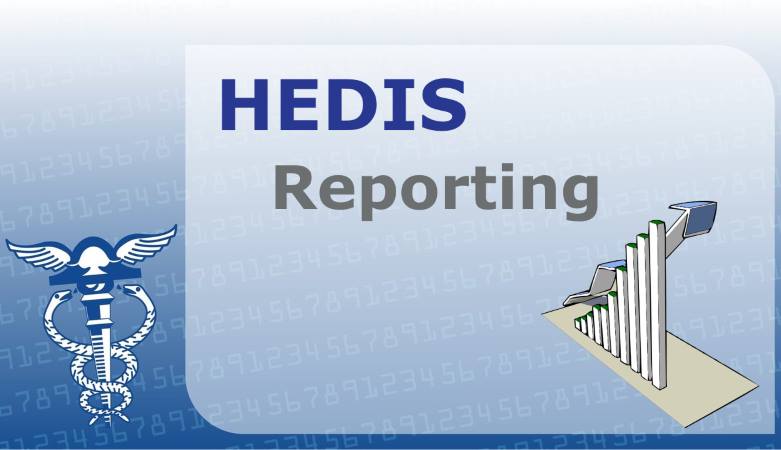10 Facts about HEDIS Reporting & Measurements

Created in 1991 by the National Committee for Quality Assurance (NCQA), the Healthcare Effectiveness Data and Information Set (HEDIS) has become used almost universally in the managed care industry as a tool for measuring the performance of health care plans.
The NCQA estimates that more than 90% of health plans in the United States use HEDIS to measure performance of a health plan’s care and service. Because so many health plans collect large amounts of the same kinds of data for HEDIS reporting, it’s possible to compare them on a level playing field.
Measures for HEDIS, which are revised every year, are strictly defined, as are the reporting guidelines. Here are 10 facts about HEDIS reporting.
Facts about HEDIS Reporting
Measurements and domains. There are 81 different measurements for HEDIS. Each is grouped in one of five “domains of care”:
- Effectiveness of care
- Access/availability of care
- Experience of Care
- Utilization and Relative Resource Use
- Health plan descriptive information
Data collection. Information for HEDIS is taken from a variety of sources, including surveys, medical charts and insurance claims for hospital stays, visits to medical offices, procedures, pharmacies and labs. Surveys are conducted by an external organization approved by NCQA.
Reporting and auditing. All HEDIS information and results are audited by an auditing firm approved by NCQA.
First half auditing. Typically, auditors look at results from the first half of the year and make recommendations for areas of improvement and assess the plan’s strengths and weaknesses. This adds “a higher degree of integrity to HEDIS data,” according to NCQA.
ICD-10. This is the new classification system used to designate diagnosis and procedures on a healthcare chart and insurance claims. This takes over for the old coding system in October 2015. Information from this system is used in HEDIS reporting.
Performance Measures. NCQA has used the expertise gained by decades of collecting data to help medical practices work better on preventive medical care, from advising smokers to quit to helping patients better manage antidepressant medication.
Screenings. NCQA data also has helped refine the focus on screenings that greatly improve a person’s overall health. They include screenings for breast cancer and cervical cancer, immunizations for children and adolescents, controlling high blood pressure and both prenatal and postpartum care.
Quality compass. The Quality Compass service from NCQA offers information on hundreds of health plan submissions, including both private insurance and Medicaid and Medicare. Issued annually, the report offers three years-worth of performance data.
The State of Health Care Quality report. Every year, NVQA takes the information gathered for HEDIS and generates a State of Health Care Quality report that looks at progress on important performance measurements as well as statistically significant trends.
Rankings. NCQA partners with U.S. News & World Report to rank HMOs using information gathered for HEDIS reporting. The list is released every fall.